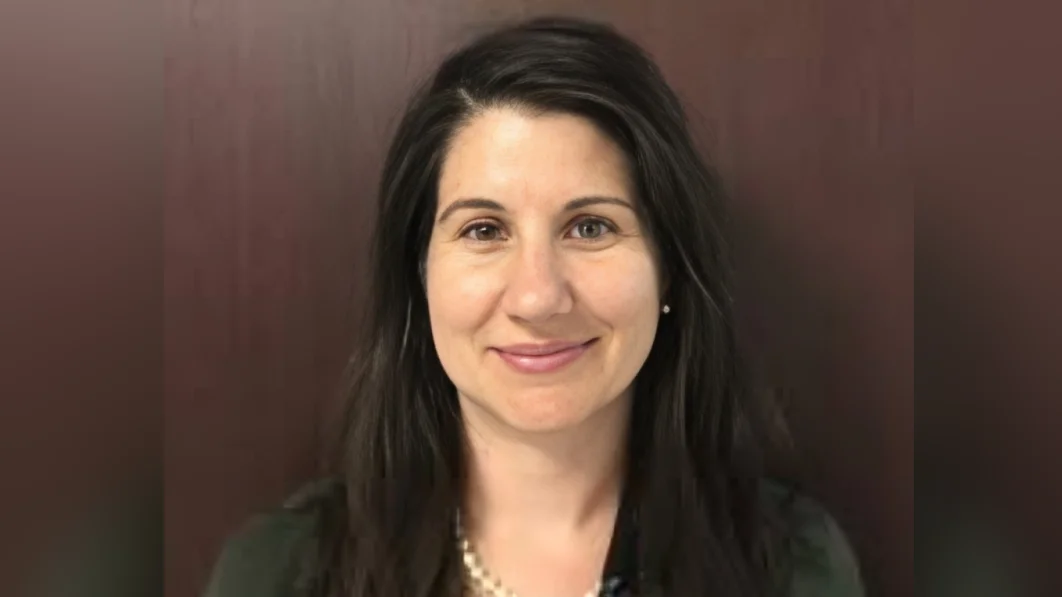
Lauren Wagner Senior Manager, Strategic Partnerships | Insurify
The Pennsylvania Insurance Department (PID) denied $210.1 million in proposed property and casualty insurance premium increases during the first half of 2025. This marks a significant rise compared to the $98.3 million in premium hikes rejected during the same period last year.
Insurance companies submit requests for rate increases to the PID, where regulators review these proposals to ensure premiums are not excessive, inadequate, or unfairly discriminatory. According to Adrian Sipes, deputy communications director at the PID, “actuarial staff believes an insurer is overstating expected future losses or expenses, and the premiums [needed] to pay for them,” leading to most denials.
In 2025 so far, rate increase rejections have saved Pennsylvanians $103.6 million in title insurance premiums, $85.3 million in auto premiums, $13.7 million in homeowners premiums, $5.0 million in umbrella insurance premiums, and $2.5 million in other property and casualty lines.
Consumers have faced ongoing financial pressure from rising insurance costs over recent years. Full-coverage car insurance rates increased by 38% last year in Pennsylvania, reaching an average annual cost of $2,114 according to Insurify data (https://insurify.com/). The company’s data science team projects that average home insurance premiums will climb by another 7% this year.
For 2024, full-coverage car insurance averaged $2,114 annually and is projected to reach $2,209 by the end of 2025—a $95 increase. Home insurance for a typical $300,000 property was estimated at $1,695 last year and is forecasted to hit $1,806 this year—an increase of $111.
“We carefully review and evaluate rate increases submitted to our department because we know consumers work hard for their money and that big increases can create big problems for Pennsylvania families,” said Insurance Commissioner Michael Humphreys in a statement. “At the same time, we recognize that insurers’ costs are increasing as the cost of the products and services that they insure continue[s] to rise.”
Despite recent denials of premium hikes by state regulators, Pennsylvania drivers may still face higher costs later this year if new legislation passes. House Bill 1666 was introduced on June 25 with a proposal to raise minimum property damage liability coverage from $5,000 to $25,000 per accident for drivers—raising insurers’ required financial responsibility.
If enacted into law, auto insurers would stop offering policies with lower coverage amounts—making car insurance more expensive overall. Buddy Parkhurst, a licensed insurance agent with Insurify (https://insurify.com/), said: “Increasing minimum limits required by law isn’t the same as increasing rates altogether. You just have to pay more because you’re getting more.” However, he also noted that higher prices could leave some drivers unable to afford any coverage at all.
The bill comes as many Americans report reducing or eliminating their own coverage due to economic pressures; a Guardian Service report found that 29% have made such changes over the past year while trying to cover essentials like rent or groceries.
Policyholders who struggle with premium payments may find savings by comparing quotes among several providers or considering alternatives such as pay-per-mile car insurance.
Sipes advised homeowners looking ahead: those replacing old roofs should use storm-resistant materials when possible as protection against weather-related claims—and suggested all homeowners consider purchasing flood insurance through either private carriers or via the National Flood Insurance Program (NFIP).
 Alerts Sign-up
Alerts Sign-up